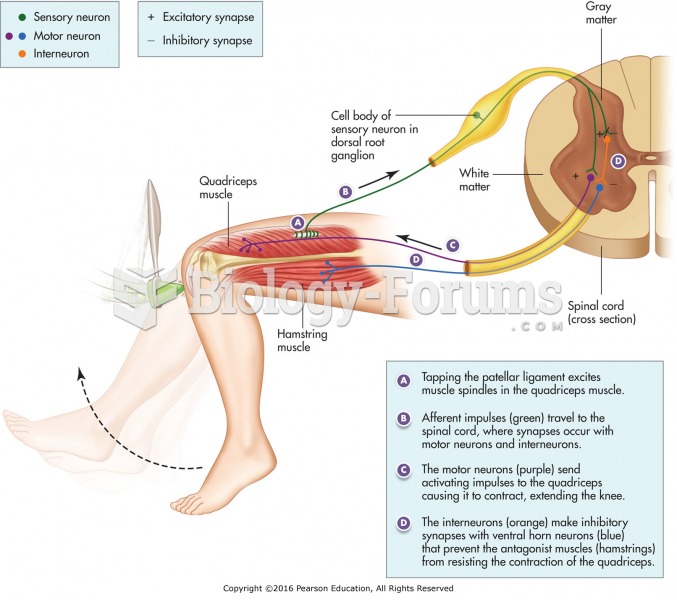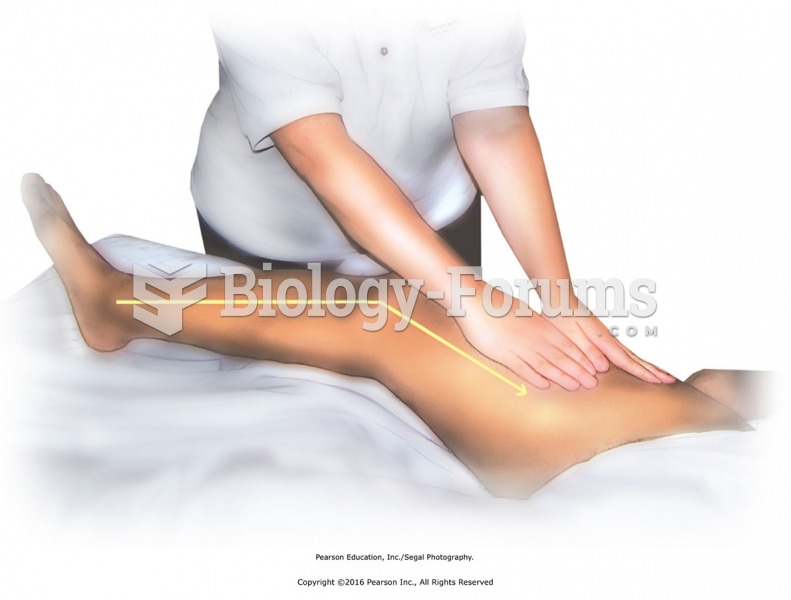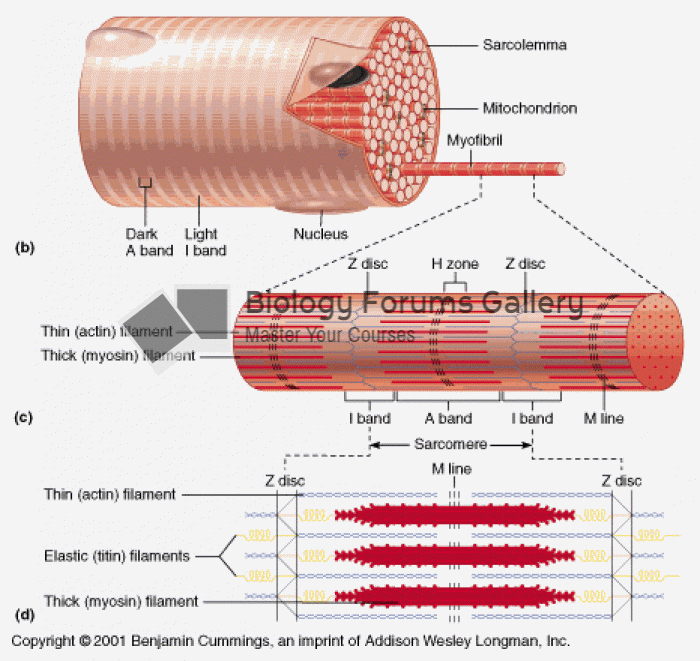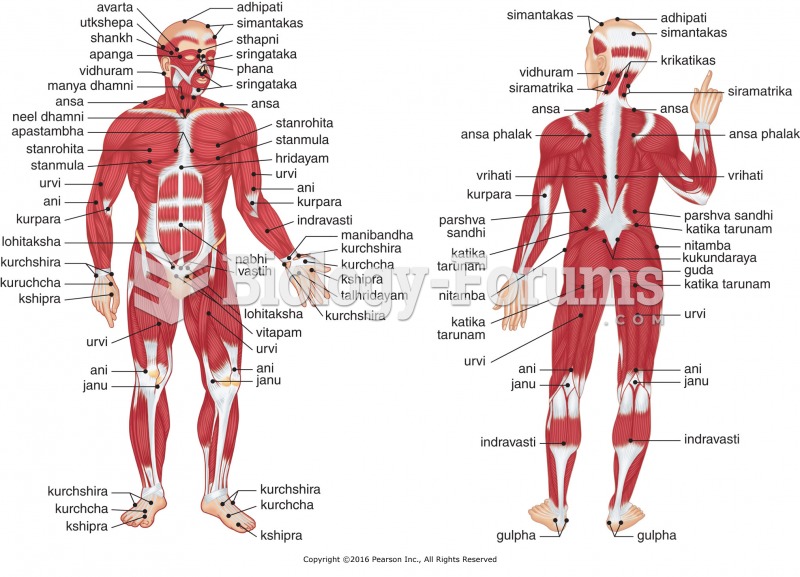|
|
|
Did you know?
There are immediate benefits of chiropractic adjustments that are visible via magnetic resonance imaging (MRI). It shows that spinal manipulation therapy is effective in decreasing pain and increasing the gaps between the vertebrae, reducing pressure that leads to pain.
Did you know?
The longest a person has survived after a heart transplant is 24 years.
Did you know?
In most cases, kidneys can recover from almost complete loss of function, such as in acute kidney (renal) failure.
Did you know?
Approximately one in three babies in the United States is now delivered by cesarean section. The number of cesarean sections in the United States has risen 46% since 1996.
Did you know?
About 100 new prescription or over-the-counter drugs come into the U.S. market every year.
 The patellar reflex. (A) Striking the patellar ligament excites the quadriceps muscle spindles.(B) ...
The patellar reflex. (A) Striking the patellar ligament excites the quadriceps muscle spindles.(B) ...
 Effleurage to leg and around hip joint. Slide palms over the front of the leg as a connecting and ...
Effleurage to leg and around hip joint. Slide palms over the front of the leg as a connecting and ...





